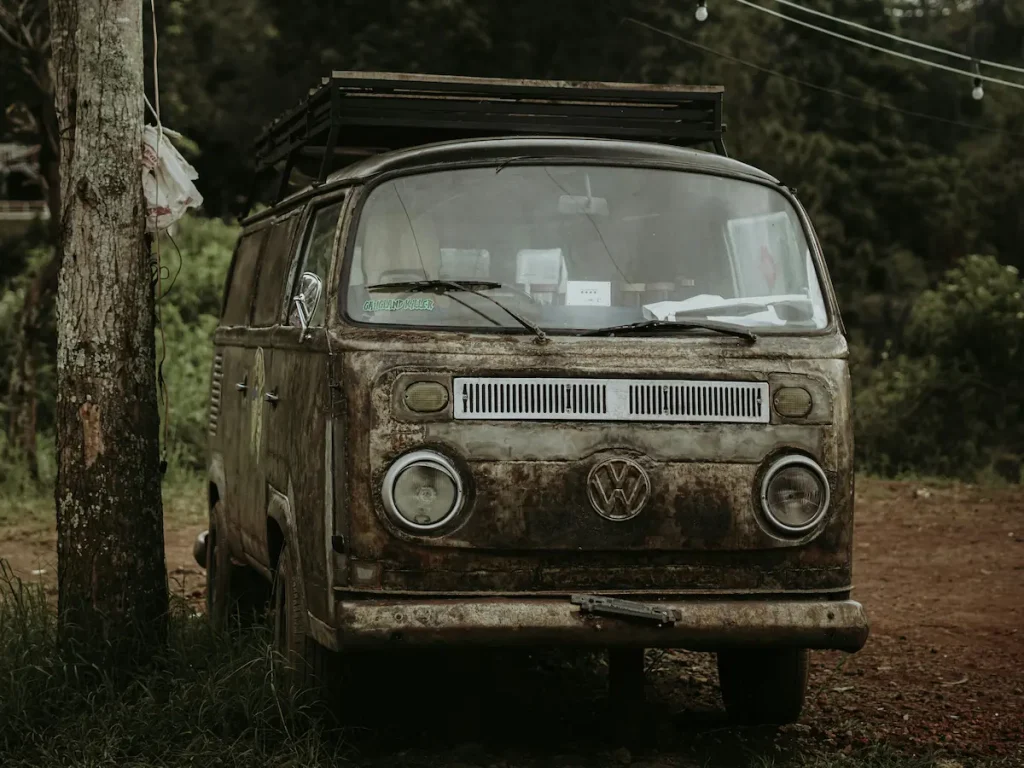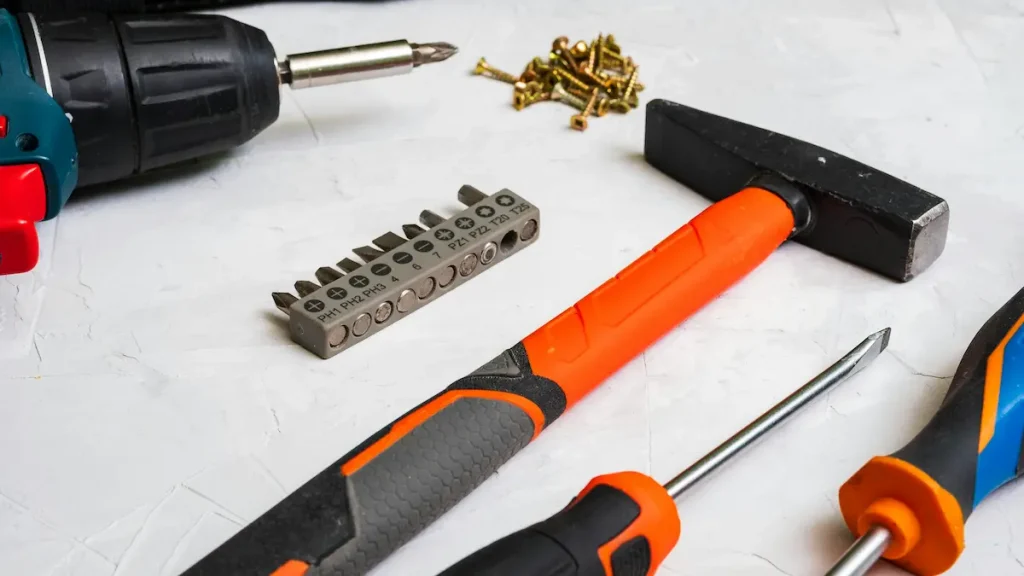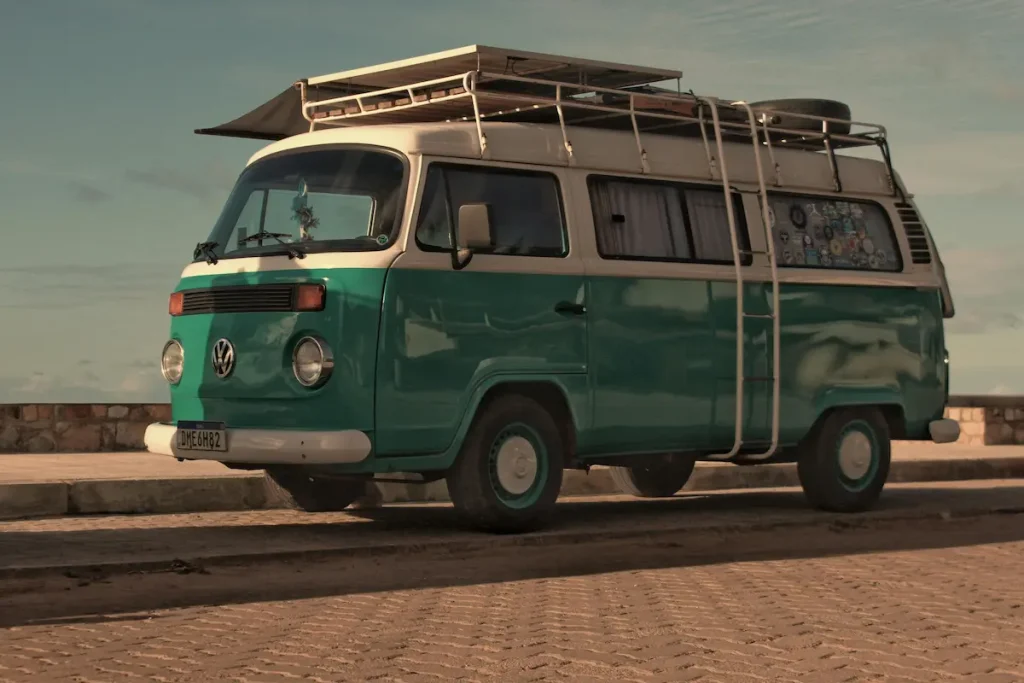Let’s start with a confession:
I didn’t mean to sell the first camper I restored.

I was supposed to keep it. My “dream trailer.” You know — retro flooring, butcher block counters, string lights, the works. But once it was done, someone made me an offer I couldn’t refuse. And just like that — poof — my baby became someone else’s mobile brunch nook.
And that’s when I realized: restoring vintage campers for sale is a whole different game from restoring them for yourself.
So whether you’re eyeing a rusty trailer on Facebook Marketplace or halfway through your third rebuild and wondering, “Could I sell this?” — here’s what I’ve learned about flipping vintage campers for profit.
First Things First: It’s Not the Same as “Fixing One Up for Fun”
When you restore a camper for your own adventures, you get to be weird. You can go full cactus wallpaper and disco ball if you want.
But when it comes to vintage restored campers for sale — taste matters. You’re building something that needs to catch attention, feel universal enough to please strangers, and still have charm.
You’re not just fixing leaks. You’re building a vibe.

Choosing the Right Camper (Because Some Are Just… No)
Look, I love a quirky find as much as the next guy, but if you want to sell a restored camper — you’ve gotta pick something that buyers want.
What works:
- Shasta Airflyte (retro wings? Say no more)
- Airstream anything (duh)
- Scotty Serro, Avion, Boler, even vintage truck campers if they’re cute
- Clean lines, small-to-medium size, and that classic shape
What doesn’t:
- Franken-trailers (the kind where you say “What year is this?” and no one knows)
- Waterlogged mystery boxes
- Oddball layouts that make buyers go “… huh.”
You want something you can put on Craigslist with the headline: “Restored Vintage Camper for Sale — Like New Inside!” and actually mean it.
Interior: Where the Money Is Made (No Pressure)
I once saw a guy sell a mediocre trailer because he installed a spice rack that went viral. No joke.
If you want your camper to sell fast and for top dollar, the inside has to pop. Not overwhelm. Not bore. Just… pop.
- Light wood or white walls = space looks bigger
- Butcher block? Yes.
- Weird paint colors? No.
- LED lighting? Yes, but warm tones only
- Fun details? One or two. Not ten.
And clean. I don’t care how rustic your theme is — people don’t want sticky cabinets.
This is where people fall in love. The listing photos. The walkthrough. The vibe.
That’s why restored vintage camper interiors aren’t just a detail — they’re the product.
Budget Breakdown (aka The Part That Makes You Sweat)
Let’s talk money. Specifically: how much does it cost to restore a vintage camper for resale — and how much can you expect back?
Typical costs:
- Base camper: $1,000–$5,000
- Materials: $2,000–$6,000
- Labor (yours): free, if you don’t count emotional trauma
- Upgrades (AC, fridge, solar, etc.): optional but upsellable
Total outlay: $5K–$12K depending on how deep you go
Resale potential:
- Budget camper (clean, cute): $8K–$14K
- Mid-tier restoration: $14K–$25K
- High-end “glamp-ready” showpiece: $25K–$45K+
Profit margins vary, but I’ve cleared $6,000+ on a single flip with the right camper and staging.
What About Vintage Truck Campers?
Glad you asked.
Restored vintage truck campers for sale are becoming a thing. They’re:
- Compact
- Quirky
- Cheaper to buy
- Easier to haul
- Weirdly photogenic when done right
You won’t get the same dollar amount as an Airstream, but the profit margin can be just as good. I once bought one for $700 and sold it for $4,800 after replacing the windows and building a tiny fold-down desk.
Bonus? They fit in a parking space.
Quick Tips to Actually Sell the Thing
Because, let’s face it — restoring is one thing. Selling is its own art.
- Take amazing photos. Clean. Wide-angle. Daylight. No trash in the background.
- Write a real listing. Mention upgrades, quirks, how much work you did. Honesty + style sells.
- Name the camper. Sounds dumb. Works every time.
- Have receipts. Buyers love seeing “I replaced the subfloor” in writing.
- Stage it like a tiny Airbnb. Throw pillows. Tiny succulents. Fresh coffee smell. Trust me.
And don’t forget to price it with a little room to negotiate — but not so high that it scares everyone off.
Final Thoughts (and Some Paint in My Hair)
Flipping campers isn’t passive income. It’s paint-on-your-clothes, splinters-in-your-thumbs, epoxy-in-your-hair income.
But it’s also incredibly satisfying. Watching something go from forgotten and moldy to “Wow, I want to live here” is… magic.
You’re not just restoring a trailer. You’re restoring possibility — for someone else. And maybe turning a profit while you’re at it.
So go ahead. Pick the weird one behind the barn. Strip the walls. Sand the counters. Add just one ridiculous detail that makes people smile.
Then post that listing.

Because somewhere out there, someone’s searching: vintage campers restored for sale.
And they’re ready to fall in love.